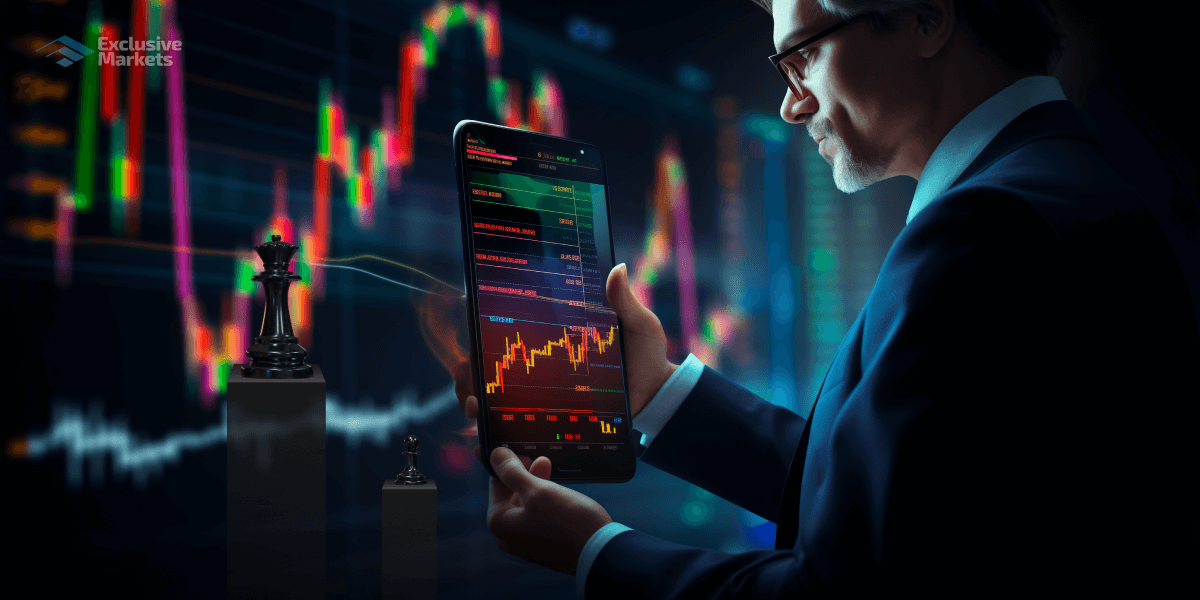
Forex Trading for Dummies: A Beginner’s Guide
Forex trading can seem overwhelming at first glance, but with the right resources and a little guidance, anyone can learn the basics and start trading. This forex trading for dummies Best Uzbek Brokers article will cover the fundamentals of Forex trading, the necessary tools, strategies, and tips for beginners to get started in this dynamic market.
What is Forex Trading?
Forex trading, also known as foreign exchange trading, involves buying and selling currencies on a global market. The objective is to profit from the fluctuations in currency pairs. For instance, if you believe that the Euro will strengthen against the US Dollar, you might buy Euros and sell Dollars. If the Euro’s value increases, you can sell your Euros back for Dollars at a profit.
The Basics of Currency Pairs
Forex trading is conducted in currency pairs, which consist of a base currency and a quote currency. The base currency is the first currency in the pair, and the quote currency is the second. For example, in the EUR/USD pair, the Euro is the base currency, while the US Dollar is the quote currency. The price of this pair indicates how much of the quote currency is needed to purchase one unit of the base currency.
Understanding the Forex Market
Unlike stock trading, Forex trading takes place 24 hours a day, five days a week, across global markets. The Forex market is decentralized, meaning that there is no central exchange and trading occurs over the counter (OTC). Major financial centers include London, New York, Tokyo, and Sydney, allowing for continuous trading and liquidity.
Key Players in the Forex Market
The Forex market consists of various participants, including:
- Banks: Major financial institutions that trade currencies in vast quantities.
- Corporations: Businesses that engage in international trade and may need to exchange currencies for transactions.
- Retail Traders: Individual traders looking to profit from currency movements.
- Central Banks: National authorities that manage the currency and monetary policy of a country.
- Investors: Individuals and institutions aiming to hedge against risk or gain exposure to foreign currencies.

How to Get Started with Forex Trading
Starting with Forex trading requires a few essential steps:
- Educate Yourself: Familiarize yourself with the basic concepts, terminology, and strategies. Utilize online resources, books, courses, and trading simulations to build your knowledge.
- Choose a Reputable Broker: Research and select a reliable Forex broker that fits your trading needs. Look for brokers that are regulated, have a user-friendly trading platform, and offer competitive spreads.
- Open a Trading Account: Once you’ve selected a broker, open a trading account. Many brokers offer demo accounts, which allow you to practice trading without using real money.
- Develop a Trading Plan: A well-thought-out trading plan should include your trading goals, risk tolerance, and strategies for entering and exiting trades.
- Start Trading: Once you feel confident, start with small trades and gradually increase your investment as you gain experience.
Essential Forex Trading Tools
To trade successfully, you’ll need to equip yourself with several tools:
- Trading Platform: A software application provided by your broker that allows you to place trades, analyze charts, and access market news.
- Charting Software: Tools that allow you to analyze currency movements and identify trends through charts and technical indicators.
- Economic Calendars: Resources that provide information on upcoming economic events and data releases that could impact currency prices.
- News Sources: Staying informed about geopolitical events and economic news that can influence the Forex market is crucial for making educated trading decisions.
Understanding Forex Analysis
Forex trading relies on two main types of analysis:
- Fundamental Analysis: This involves evaluating economic indicators, news events, and geopolitical factors that can affect currency values. Traders look at interest rates, employment rates, and inflation data.
- Technical Analysis: This approach focuses on historical price patterns and market data, using charts and technical indicators to forecast future price movements.
Risk Management Techniques
Effective risk management is crucial for long-term success in Forex trading. Here are some strategies to consider:
- Use Stop-Loss Orders: Set predetermined price levels at which you will exit a trade to limit losses.
- Position Sizing: Determine the size of each trade based on your overall account balance and risk tolerance, ensuring you only risk a small percentage of your capital on any single trade.
- Diversification: Avoid putting all your capital into one trade or currency pair. Spread your investments across different pairs to mitigate risk.
Common Mistakes to Avoid
As a beginner, it’s easy to fall into common traps. Here are some mistakes to steer clear of:
- Lack of a Trading Plan: Trading without a clear strategy can lead to impulsive decisions and losses.
- Overleveraging: Using excessive leverage can amplify losses and put your capital at risk. Be mindful of how much leverage you use.
- Chasing Losses: Trying to recover lost capital by making high-risk trades often results in further losses. Stick to your plan and be patient.
Conclusion
Forex trading offers vast opportunities for profit but comes with significant risks. By educating yourself, developing a trading plan, and practicing effective risk management, you can navigate the Forex market with more confidence. Remember to start small, continue learning, and adapt your strategies as you gain experience. Happy trading!
